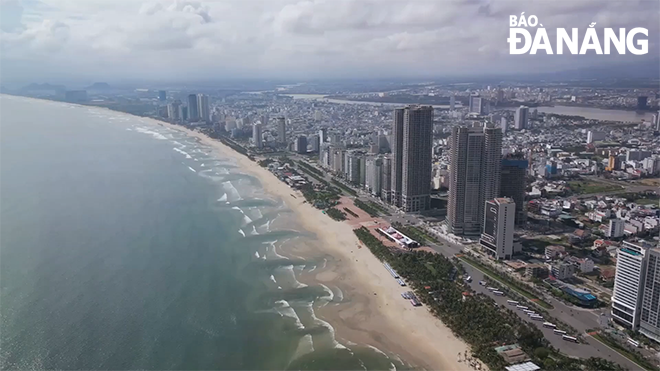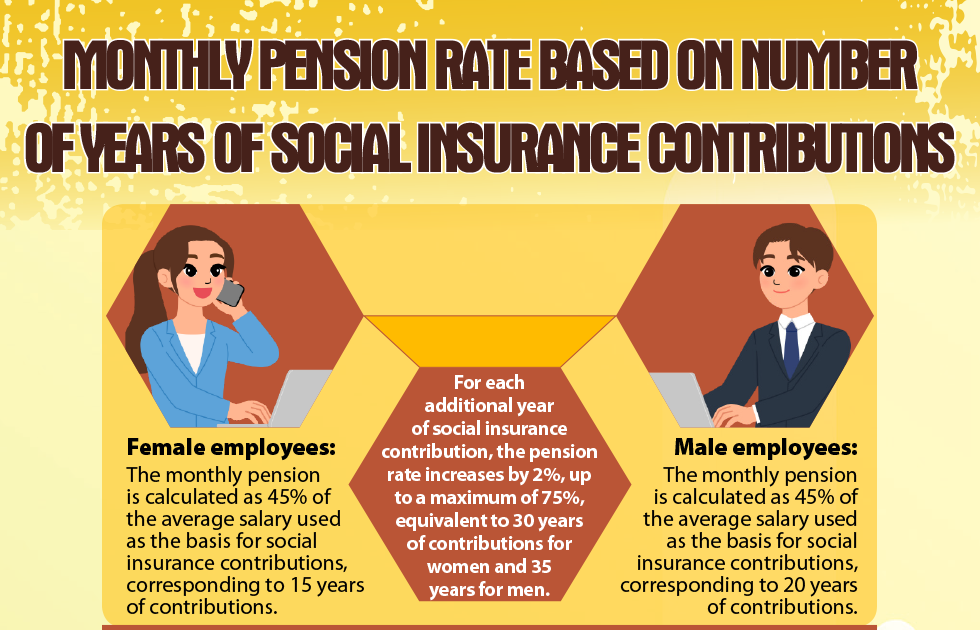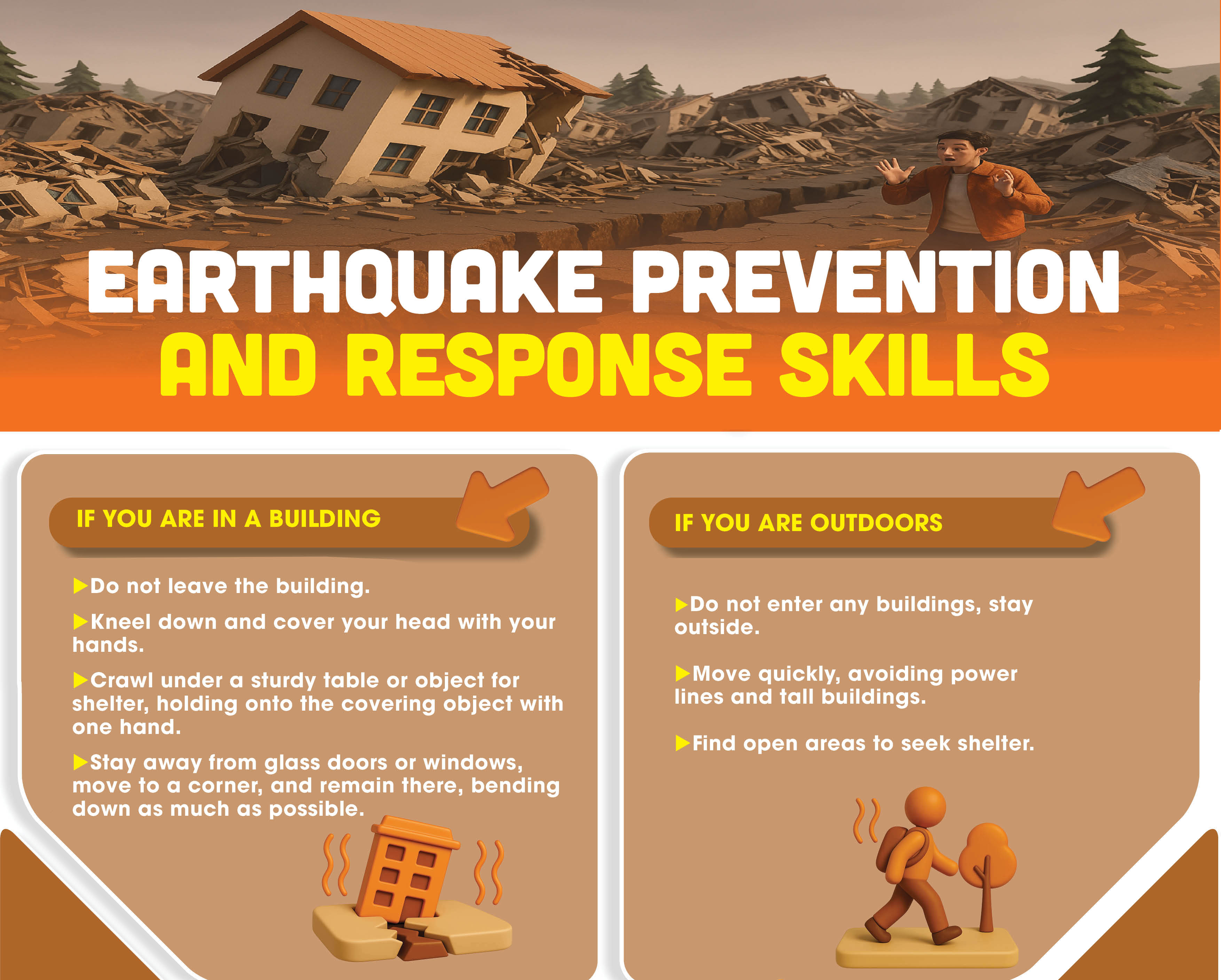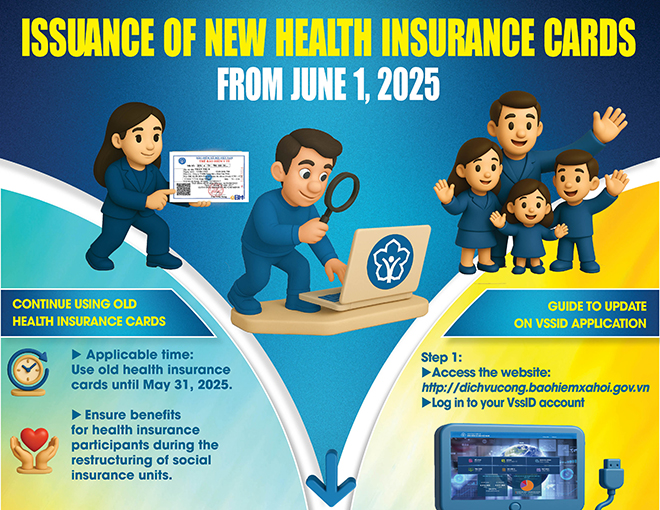Replicating traditional wet market model ensuring food safety
For generations, Vietnamese-style traditional markets have been an inevitable main food distribution channel guaranteeing 70-80% of goods to consumers. Although an increasing number of modern businesses such as supermarkets, convenience stores, shopping malls have become approachable the traditional market is still considered the most popular form of commerce. However, if the traditional market wants to meet the requirements of civilized trade, it is urgent to replicate the model of a wet market ensuring food safety.
 |
| Han market meets food safety market standards. Photo: QUYNH TRANG |
“Cleanliness is next to godliness”
Lately, food stalls at Nai Hien Dong market, Son Tra District have made a marked difference compared to before with clean and airy aisles, bright white brick floor, spotless stalls having mirror cabinets, stainless steel partitions, sturdy glass or stainless steel food trays. Moreover, stallholders working here are fully equipped with aprons and gloves.
The market management board repaired and upgraded some facilities here; at the same time, continuously propagate the importance of sourcing food from the explicit origin, ensuring safety and having suitable storage and preservation conditions as well as the need for trash bins at each stall.
Apart from that, the market floor in the food trading area is equipped with high-quality drainage, manholes, nets against garbage, lids preventing odours from stagnation.
The market management board of Son Tra district also organizes disinfection, decontamination and destruction of harmful insects and animals once a month, in tandem with regularly inspecting and guiding stallholders to preserve goods during the sale process.
As shared by Mrs Thu Nhon, who came to Nai Hien Dong market to have hẻ breakfast, she rarely ate at the market due to her hygiene concerns. However, over the past 1 year, the market has been upgraded, renovated and spacious and the food is very clean and safe. After customers finished eating, the seller cleaned up immediately to bring the bright floor back. It is food safety that makes people, as well as tourists, go shopping with peace of mind.
Duplicating new wet markets ensuring food safety in tandem with monitoring the qualified ones
I Intending to help consumers easily identify information about food products, suppliers, expiry dates, the municipal Department of Industry and Trade, the People's Committees of the districts, have directed the management boards of markets to deploy the implementation of expanding the stamping of QR-Code for traceability to several food products under their management, as well as expanding the implementation and application of a traceability system for several specific products and goods produced in the city, such as agricultural products, forest products, aquatic products, vegetables, tubers.
This is such an effective measure that citywide markets should try to help people get familiar with product traceability via QR code stamps and gradually implement synchronous traceability from farming, raw material processing to packaging, preliminary processing and preservation, transportation, product distribution, consumption by electronic encoding.
According to Mr Nguyen Tan Hai, Head of the Da Nang Food Safety Management Board, relevant agencies have continued to guide and urge the replicating of this market model to ensure food safety conditions citywide in 2021 and supervise the maintaining conditions to ensure food safety at 15 qualified wet markets.
However, the construction of markets ensuring food safety has encountered many difficulties such as degraded facilities, limited budget, all of which significantly affects the management of food safety. In addition, the number of goods imported into the city by many different routes, as well as the shifting from direct to online shopping, lead to more difficulties in food inspection and supervision.
According to the city industry and trade sector, there are 15 markets that have been recognized as having achieved food safety assessment, including Han market, Con market, Dong Da market, Hoa Cuong wholesale market, Phuoc My market, Non Nuoc market, Phu Loc market, Cam Le market, Mieu Bong market, Hoa An market, Quan Ho market, Tam Thuan market, Moi market, Nguyen Tri Phuong market, An Hai Bac market out of 74 citywide markets. Besides, there are 6 markets newly registered to build a model of a market eligible for food safety, including Hoa My market (Lien Chieu District), Hoa Xuan market, Hoa Cam market (Cam Le District), Nai Hien Dong market (Son Tra District), Tuy Loan market (Hoa Vang District), Tan An market (Thanh Khe District).
Reporting by QUYNH TRANG- Translating by T.VY








